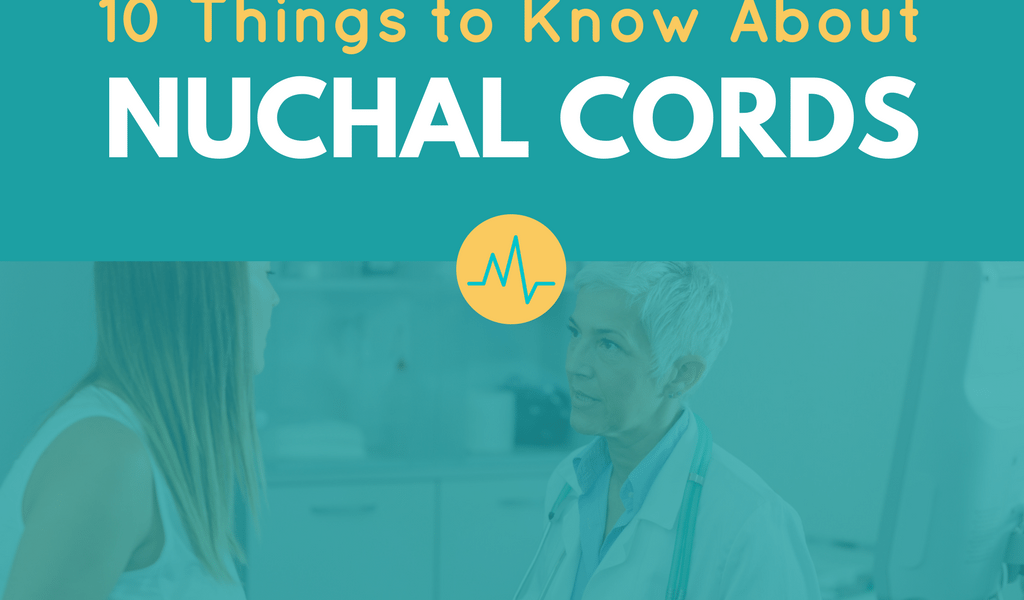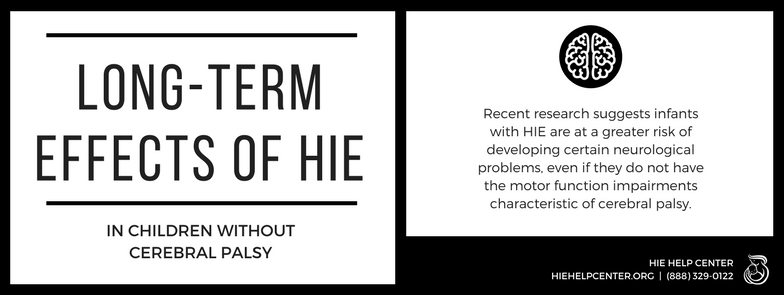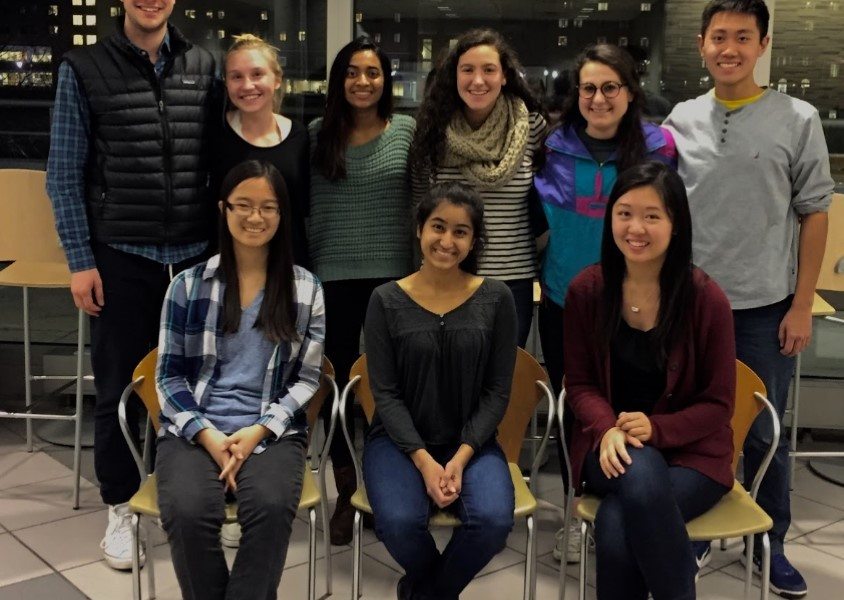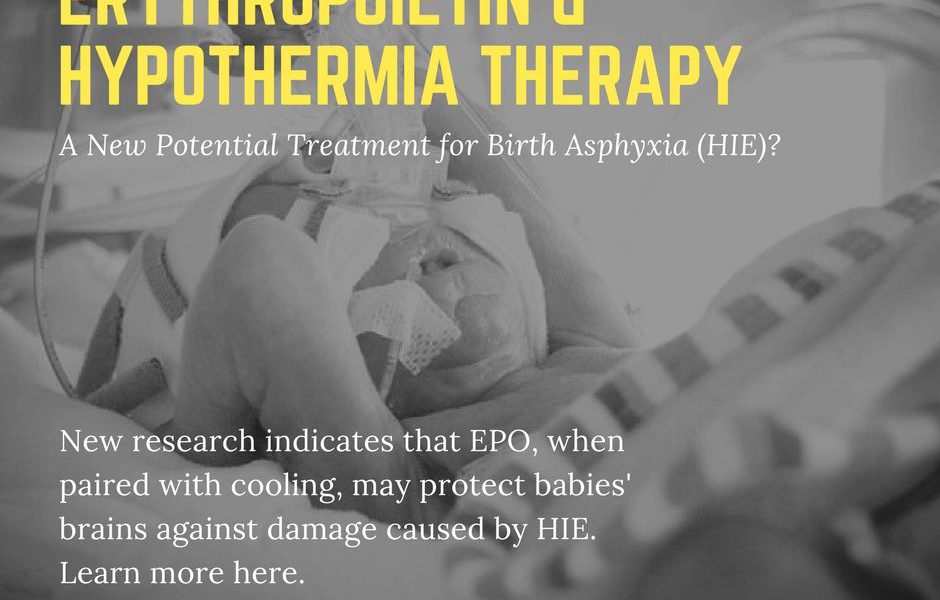The information presented above is intended only to be a general educational resource. It is not intended to be (and should not be interpreted as) medical advice. If you are pregnant and have questions about management of a nuchal cord, please consult with a medical professional. 1. The term “nuchal cord” refers to a condition […]
Long-Term Effects of HIE in Children Who Do Not Develop Cerebral Palsy
Research in the European Journal of Pediatrics suggests that infants who survive hypoxic-ischemic encephalopathy (HIE) are at a greater risk of developing certain long-term neurological problems, even if they do not have the motor function impairments characteristic of cerebral palsy (CP). Long-term Effects of CP & HIE For many years, it has been widely believed […]
Window of Time to Provide Hypothermia Therapy May Be Longer Than Previously Thought
The only treatment that can truly prevent or reverse damage from hypoxic-ischemic encephalopathy (HIE) is hypothermia therapy, also known as cooling treatment. Hypothermia therapy is known to save lives, as well as reduce permanent brain damage. Traditionally, it has been thought that hypothermia therapy must be administered within six hours of birth in order to […]
Congratulations to the Neonatal Asphyxia Project, Winner of 2017 HIE Help Center Scholarship
We are pleased to announce that the University of Michigan’s Neonatal Asphyxia Project is the winner of our first annual HIE Help Center Scholarship. The project is led by Elliott Clark, Riley Pacella, and Saloni Jaikamal. Members include Aria Thakore, Ashley Zhang, Meghan Luoma, Jill Rajkumar, and Rachel Hsu. It is part of M-HEAL (Michigan […]
Erythropoietin (EPO)/hypothermia therapy in combination: potential new treatment for HIE?
Erythropoietin (EPO) is a cytokine that has proven to have neuroprotective and neuroregenerative benefits in the brain (1). Researchers have completed preliminary clinical trials that indicate erythropoietin (EPO) may be useful in helping protect babies’ brains against damage caused by hypoxic-ischemic encephalopathy (HIE). The study looked at the efficacy of EPO when paired with hypothermia […]




